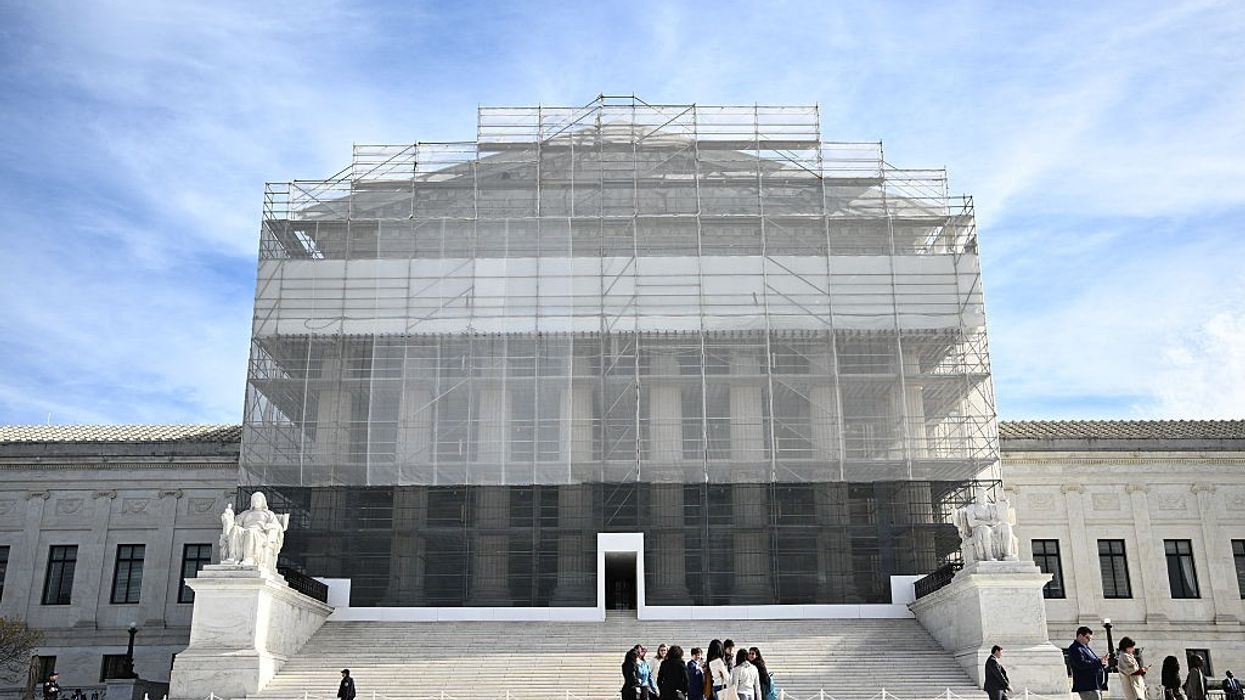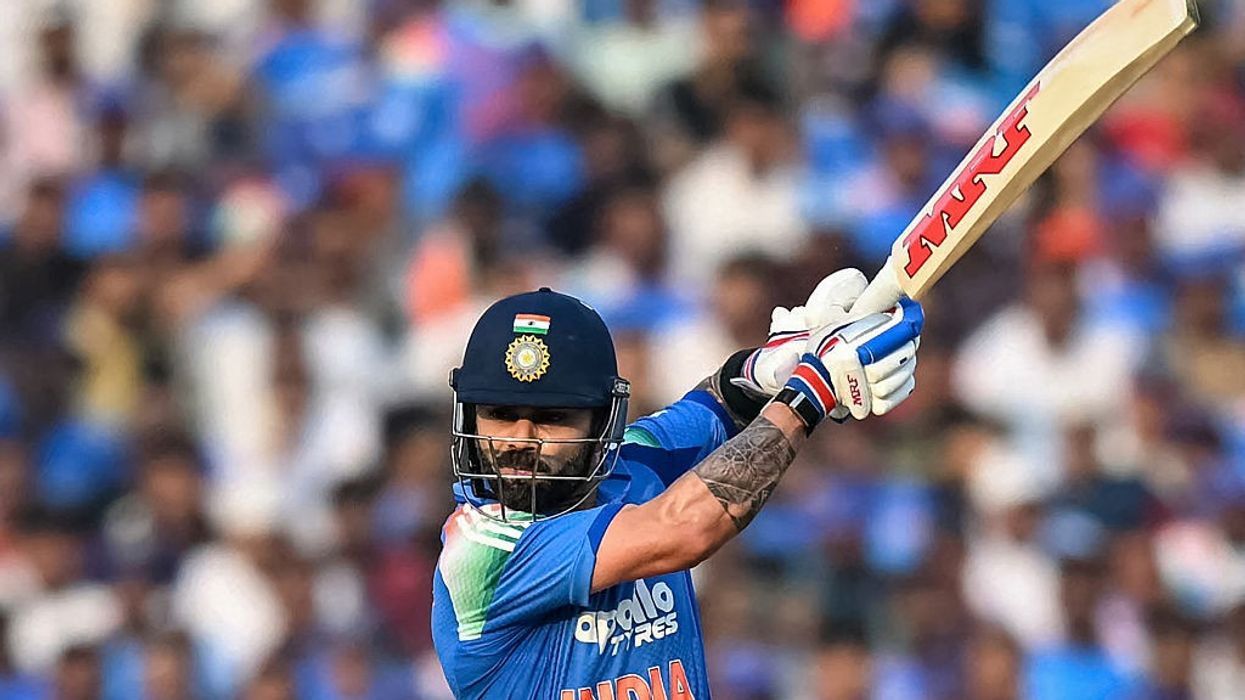THE seeds of success are sown in thorough preparation and Yashasvi Jaiswal's intense and innovative pre-tour training against short-pitched balls at the Thane Stadium contributed to his formidable knock in the second innings of the opening Test against Australia.
Jaiswal is meticulous about his training methods, most of which he has developed under Rajasthan Royals' Director of Cricket Zubin Bharucha at their academy in Maharashtra's Talegaon, where he has trained since lockdown.
However, due to a short gap between the New Zealand series and the flight to Australia, Jaiswal had to make a quick mental and technical switch-over from the rank turners at home to counter the steep bounce which he would encounter Down Under, especially at the opening game in Perth.
For a couple of days from morning till late evening, Jaiswal was stationed at the Thane stadium near his home, roughly facing 200 overs of throw-downs with a concrete slab positioned on an inclined plane (45 degree angle) at short of length (around the 10 metre area).
There Jaiswal was fed with throw-downs using orange and yellow coloured balls which were aimed at his rib cage and outside the off-stump around 145 clicks.
"The time was less so he practised at the Thane Stadium. The balls that were used were lighter in nature and hence travelled quicker through the air. The concrete slab was kept at short of length and he faced roughly around 200 overs across two days before he left for Australia," Bharucha, who is currently in Jeddah for the IPL auctions, shared with PTI.
So, how does one manage to play 100 overs in a day?
"The rotational speed per ball is rapid, i.e. it's just ball after ball without any break. So, we can get through this easily in 2.5 hours with just a couple of breaks," the former Mumbai opener offered an insight.
In earlier days before a tour to Australia or South Africa, the standard mode was to get throw-downs on cement wickets from 15 yards with wet tennis balls. But just like cricket has changed over the years, the method of coaching has also changed.
"Bounce is something that cannot always be simulated on turf pitches like rough that Sachin Tendulkar created for simulation. Hence concrete slab kept at an inclined plane creates that skiddy uncomfortable bounce. Also the synthetic balls that are used are a bit softer.
"It looks like hockey balls but is way lighter and hence travels quicker. Obviously, you can't create seam movement simulation but nevertheless it is a very good mode of practice," a former first-class cricketer, who has also worked as a coach at the NCA, explained.
This is a mode of training that even India's assistant coach Abhishek Nayar uses for his wards like KKR's Angkrish Raghuvanshi.
"For swing, Mumbai batters of particular vintage used a rubber ball heavy with mud on one side which then starts deviating in air. For seam movement, you can put threads on turf wickets and hit those threads to get some amount of movement off the surface but that's not a very popular method till now," he said.














